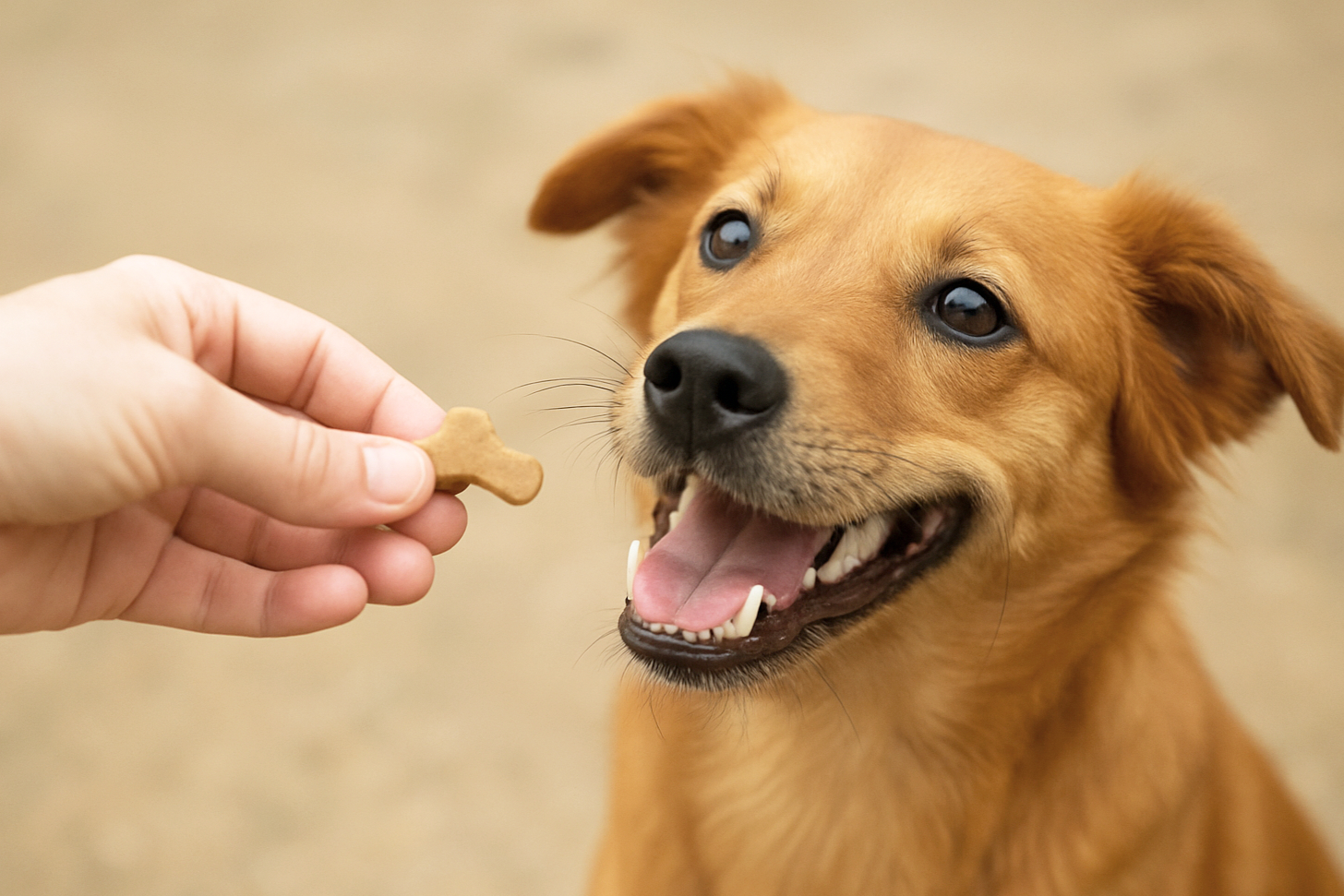“Here Comes the Treat Man”
“Here comes the treat man/lady.”
“She’s only doing it to get the treat.”
“Of course he loves you. You’ve given him a million treats.”
We hear it all the time and, frankly, it’s a bit hurtful because it trivializes what positive reinforcement dog trainers do. Trainers use treats (and praise, petting, and play) not just because we are nice, but because science proves it works!
Let us first understand that food is what is known as a primary reinforcer, meaning it is inherently rewarding because it satisfies a biological need. Behavioral science has shown that behaviors which are reinforced are more likely to be repeated, making food one of the most effective tools available to dog trainers. However, food does something even more important than simply reward a behavior—it triggers the release of dopamine (as well as other neurotransmitters).
Dopamine plays a critical role in the brain’s reward and motivation system, enhancing a dog’s ability to learn, focus, and regulate emotions. Often referred to as the “feel-good” chemical, dopamine is associated with positive feelings such as pleasure, excitement, and satisfaction. It not only rewards success, but also drives motivation by signaling that a goal or effort is worthwhile.
Although we at Dentler’s Dog Training work with dogs of all ages, including puppies, my primary focus is dogs experiencing behavioral challenges such as fear, anxiety, and aggression. The first thing I do upon meeting these dogs is give them treats. Some owners are surprised by this approach, but there is a clear purpose behind it: my initial goal is to get the dog to not fear me - trust me - and eventually be friendly to me! The dopamine released during this interaction helps create that crucial emotional shift.
Just as importantly, not only does the act of eating release dopamine, but also the anticipation of the food produces those same “feel-good” emotions, similar to the excitement your dog displays when they hear a cheese wrapper or the cookie jar.
When working with fearful or anxious dogs, we employ training strategies such as the Engage/Disengage game, where the dog is rewarded with a treat for simply observing a trigger (stranger, dog, loud truck, etc.) Eating the treat releases dopamine, helping the dog form a positive association with the previously fear-inducing stimuli. Over time and repetition, the mere sight or sound of the trigger begins to predict something good, releasing dopamine even before the food appears. This process reduces stress and anxiety, building a calmer, more confident dog. Isn’t that what we want our dogs to be?
So yes, we are cookie pushers, your dog’s snack dealers, and we do it because it’s humane, effective, and your dog loves it!

